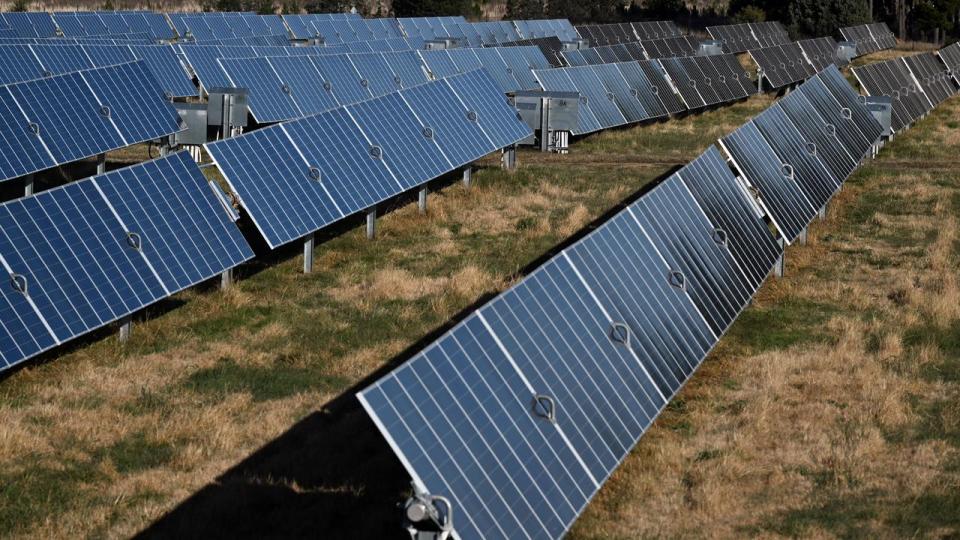Australia can miss its renewable useful resource goal with out a big velocity in financial dedications for brand-new energy technology in coming months.
The monetary funding readout from the Clean Energy Council, launched on Tuesday, revealed economically devoted eco-friendly technology jobs at 1.6 gigawatts to this point in 2024, going past 2023’s woeful whole quantity of 1.3 GW when photo voltaic and wind ranches flatlined.
But a pick-up in financial sign-offs within the staying months of the 12 months is required to get to the wanted run worth of 6-7GW yearly to achieve 82 % renewable useful resource technology by the top of 2030.


Some 215 technology and space for storing jobs have really been appointed on condition that 2017, providing higher than 16 gigawatts of arrange energy technology capability and 1.8 GW of space for storing, in accordance with sector data.
But advocates are coping with higher funding and provide chain bills, a tangle of purple and eco-friendly tape suspending authorizations, and a transmission community that may not deal after a years of under-investment.
Investors are likewise ready for the result of the preliminary tenders beneath the extended authorities Capacity Investment system that’s steered to maintain an additional 32GW of capability by 2030.
The system funds efficient jobs with an agreed revenue “floor and ceiling” to decrease financial risks and encourage much more monetary funding, particularly in states similar to NSW with an integrity void.
Some 577 megawatts of onshore wind received to financial dedication within the 3 months to June 30, after no onshore wind jobs received to the turning level in 2023.
Big batteries proceeded their “remarkable run” in probably the most present quarter, the highest physique’s president Kane Thornton acknowledged, displaying {that a} record-breaking 2023 was not a one-off.
The largest of the 6 jobs – finishing 573MW of capability and 2047MW hours of energy consequence – was the four-hour Stanwell Big Battery in Queensland at 300MW/1200MWh.
Construction began on 1.1 GW of technology jobs and 5 big battery jobs, whereas 2 jobs had been linked to the grid at Kathleen Valley in Western Australia and Broken Hill in NSW.
Mr Thornton invited the recuperation in monetary funding in huge technology.
But he cautioned Australia was “not yet at the levels we need to see” to drive down energy prices and have energy security.

